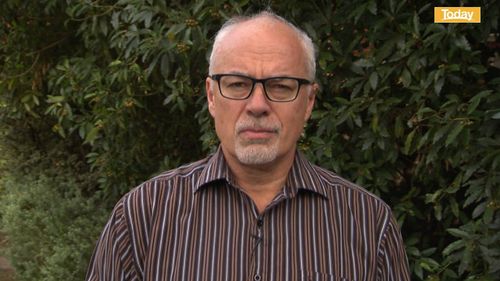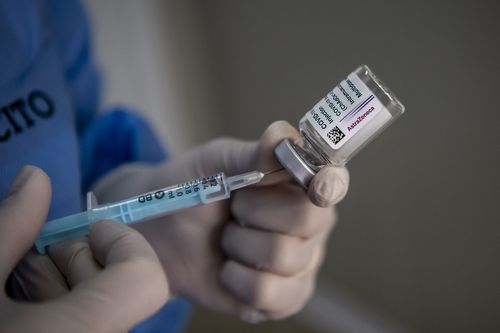
“For high-risk countries like the UK and the US, we will allow them to come in perhaps with seven days of quarantine, a test on day five, if they’re OK they can go out (into the community),” he suggested.
“Once we get to 60, 70 per cent – again, number not quite known – we can probably relax to normal.”
However, Dr Blakely said that this required Australians to adjust to the idea of accepting some level of COVID-19 transmission in the community.
What’s more, this community transmission will likely continue for years into the future.

“You will see the virus pop up here and there but it will be easier to control because it won’t spread like wild fire,” he said.
“It will be easier for the contact tracers to dampen it out. Once we get to 60, 70 per cent – somewhere around there – (there will be) very small pockets when the virus comes in.”
There is, however, one major proviso on Dr Blakely’s claims.
“Everything I’ve said assumes the vaccine will stop transmission as well as serious illness,” he cautioned.
“The data that’s coming through suggests it will but, again, this is not final.

“Australia can watch what’s happening in other countries who are ahead of us and learn from it.”
Dr Blakely said that the current evidence on the vaccines suggest that, as well as reducing the severity of COVID-19, it’s also reducing infectivity – meaning those who do get infected will be less infectious for less time.
He also noted that it was likely updates to the vaccinations would need to be rolled out in the coming years, particularly for the AstraZeneca vaccine due to its lower rate of protection.
This content first appear on 9news
